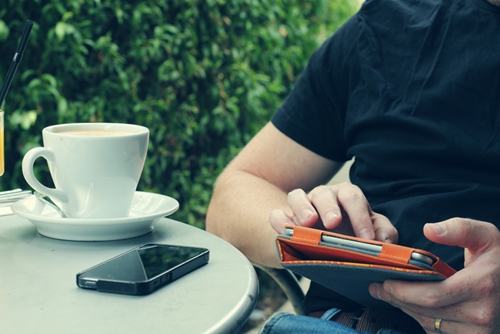How beacons are shaping in-store shopping experiences
One of the great perks of shopping online is the ability for retailers to customize shopping experiences around the interests of their customers. Using log-in names, email addresses, cookies and other digital tools, merchants can gain a lot of information about the people who frequent their websites. This allows sellers to tailor the shopping experience, offering relevant product suggestions based on past purchases, coupons designed to get people to buy products they looked at and take other steps to improve the overall shopping experience while also generating more sales.
For a long time, this level of customization was much harder to achieve in the brick-and-mortar environment. Unless retailers could identify customers as being regulars or engaged them directly, it was much harder to take actions such as making personal recommendations. Even if they did, such suggestions may not have been relevant due to a lack of information – for example, an in-store employee may recommend the incorrect computer part because the customer was not sure what type of computer he or she had.
Enter the beacon
Beacons have allowed many retailers to bring customized shopping experiences to brick-and-mortar stores. This technology is installed throughout stores and utilize BLE signals that can be received by apps installed on smartphones. When customers pass by beacons, they receive signals from the beacons that can deliver various bits of information.
Retailers can use beacons to engage people walking by a store or shoppers browsing aisles. The content sent by beacons can be information about ongoing sales, important alerts (such as low-stock alerts), pertinent suggestions, coupons and other tidbits, all based on where shoppers are currently standing.
Several major retailers have already begun implementing beacon technology en masse. For example, shortly before the 2014 holiday season, Macy’s made moves to outfit more than 800 physical locations with beacons. According to Time Magazine, Macy’s used this technology primarily to detect shoppers’ exact locations and send ads and coupons directly to their phones to promote merchandise sales.
Macy’s roll-out of beacon technology also tied into a “rewards” program of sorts that allowed users to accumulate points for taking specific actions during their shopping trips. For instance, scanning a barcode or simply even walking to specific locations would give them points that could be redeemed for rewards later on down the line. Macy’s president Kent Anderson noted some of the possible benefits of such as system.
“The ability to transmit to you information – a video about the quality of this product, the accessories that we have as part of our assortment that you may not see there – rich content that may, and should, help us close the sale, is where we potentially see the beacon technology going in our stores,” Kent told the news source.
Making beacons work for retailers
According to Sweetiq, as many of 50 percent of the top 100 U.S. retailers will be testing beacons this year, while 60 million beacons are predicted to be active by 2019. This is for good reason too – the Sweetiq infographic suggests that beacons can increase interactions with advertised and promoted products by as much as 19-fold.
Retailers should look to implement beacon technology as it makes sense within their physical stores. Not only do those tools bolster interactivity and conversion rates, they also get people more involved with the omnichannel shopping experience through the use of mobile apps. This is pivotal to establishing a retail brand as the go-to source for customers’ shopping needs.

